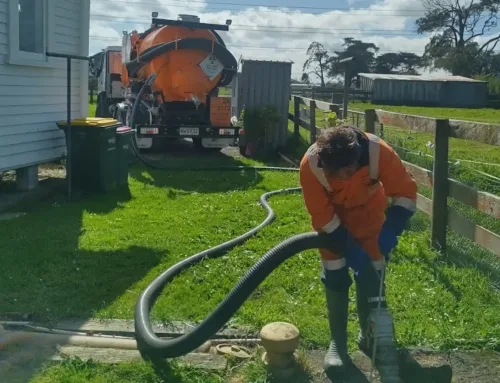About Reclaim Waste
About Reclaim Waste
Blog Article
Our Reclaim Waste PDFs
Table of ContentsReclaim Waste Fundamentals ExplainedNot known Facts About Reclaim WasteWhat Does Reclaim Waste Do?Facts About Reclaim Waste RevealedReclaim Waste Can Be Fun For Everyone
Discover the kinds, incidents, and types of liquid waste. Domestic sewer waste refers to the waste and items from a property septic tank. This kind of waste is created by people in houses, colleges, and various other buildings. This only consists of septic systems that have a drain field. The correct administration and disposal of residential sewage waste require fluid waste to be transferred to a sewage therapy plant where the correct approaches and tools are related to detoxify and dispose of waste.
Industrial waste typically includes potential risks, such as flammable materials or a mix of liquid and strong waste products, and requires an advanced and in-depth disposal process. The disposal of business waste normally entails the filtering of waste prior to transportation to guarantee risk-free and appropriate disposal. Hazardous waste is produced from byproducts and runoff of commercial processes and production.
This type of waste can not utilize the very same sewer management transport or procedures as septic or commercial fluids. The hazardous waste monitoring procedure needs the inspection and screening of liquid waste before it goes through the disposal procedure (industrial wastewater treatment). Runoff waste is the liquid waste that originates from overflow and excess stormwater in extremely booming locations or cities
Overflow waste can cause contamination and flooding if not managed correctly. Guaranteeing appropriate waste monitoring can protect against calamities and reduce environmental harm.
An Unbiased View of Reclaim Waste
Call PROS Providers today to discover our waste administration and disposal services and the correct ways to look after the fluid waste you create.
(https://telegra.ph/Expert-Liquid-Waste-Disposal-and-Removal-Services-in-Melbourne-11-12)This so-called 'wastewater' is not only an essential resource yet, after treatment, will certainly be launched to our land, rivers or the ocean. Used water from commodes, showers, baths, kitchen sinks, laundries and industrial processes is recognized as wastewater.

water used to cool machinery or tidy plant and tools). Stormwater, a form of wastewater, is overflow that flows from farming and urban areas such as roof coverings, parks, gardens, roads, paths and rain gutters right into stormwater drains pipes, after rainfall. Stormwater flows untreated straight to neighborhood creeks or rivers, eventually getting to the ocean.
A Biased View of Reclaim Waste
In Queensland, many wastewater is dealt with at sewer treatment plants. Wastewater is transported from residential or industrial sites through a system of sewers and pump stations, called sewage reticulation, to a sewer treatment plant. Local governments develop, maintain and operate most sewage treatment plants. Operators are licensed under the Environmental Protection Act 1994 to release cured wastewater at an appropriate ecological requirement into rivers.
The Department of Natural Resources suggests city governments regarding handling, operating and maintaining sewerage systems and therapy plants. In unsewered locations, regional federal governments might call for householders to set up specific or family sewage therapy systems to deal with domestic wastewater from bathrooms, cooking areas, washrooms and laundries. The Division of Natural Resources authorizes making use of house systems when they are proven to be effective.
Many stormwater receives no treatment. In some brand-new communities, treatment of some stormwater to eliminate litter, sand and crushed rock has actually begun using gross toxin catches. Wastewater therapy takes place in 4 phases: Removes solid issue. Larger solids, such as plastics and other objects wrongly discharged to sewers, are eliminated when wastewater is gone through displays.
Makes use of small living microorganisms knows as micro-organisms to damage down and eliminate remaining liquified wastes and great fragments. Micro-organisms and wastes are integrated in the sludge.
Getting The Reclaim Waste To Work
Nutrient removal is not offered whatsoever sewer therapy plants because it needs pricey specialist equipment. It is coming to be extra typical in Queensland. Clear liquid effluent generated after therapy might still include disease-causing micro-organisms. If this effluent is released Discover More Here into waterways such as rivers or the sea, the micro-organisms will at some point pass away out.

The majority of wastewater streams into the sewerage system. Under the Act, regional federal governments carry out authorizations and licences for ecologically appropriate activities (Periods) entailing wastewater launches that may have a regional influence.
What Does Reclaim Waste Mean?
Otherwise, samples are considered laboratory analysis. Often many tests are required to develop the levels of each of the different pollutants such as oils, heavy metals and chemicals in water. Monitoring gives accurate info regarding water high quality and can verify that permit problems are being fulfilled. The info acquired via tracking supplies the basis for making water top quality decisions.
Report this page